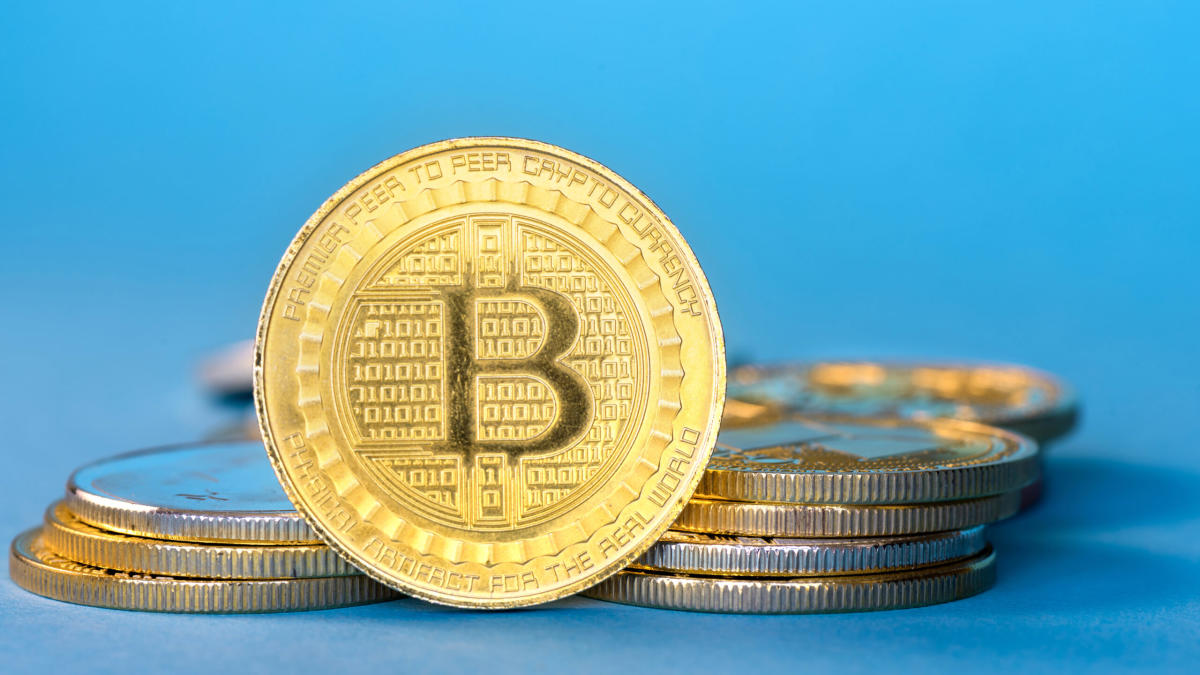Fintech upstarts challenge payment card empires

The payment industry is flourishing in the niche where buyers meet sellers. So when the coronavirus stopped buyers from meeting sellers – at least in real life – payments had to evolve quickly.
“The pandemic had a profound effect on digital payments, driven by two key factors,” said Rodney Bain, co-founder and US president of payments fintech Apexx Global. “The fundamental inability for consumers to transact in-store during shutdowns and the general discomfort of exposure to physical environments; and the financial strain felt by consumers during the pandemic.”
The full consequences are still emerging. But one change that is already clear is a significant sharpening of the threat fintech upstarts pose to established payment card networks, especially in emerging markets.
This is not to say that the debit and credit card empires that emerged in the second half of the 20th century – especially Visa and Mastercard – are unchallenged in their rich territories.
The most notable development in the pandemic era has been the rise of “buy now, pay later,” a form of short-term credit popularized by startups like Klarna that allows consumers to spread payments out in installments.

“The cost to consumers is negligible or non-existent for using some BNPL products, and studies show that even with late fees, the cost of using BNPL for short-term loans is lower than credit cards,” says Bain. Apexx’s platform supports a number of BNPL suppliers.
The outlook for the sector remains unclear — Klarna’s latest results showed losses had quadrupled, as the cost of underwriting in new markets weighed on the bottom line. But moves by banks and tech giants such as Apple to launch their own BNPL offerings suggest traditional credit providers will continue to face disruption.
Nevertheless, Visa and Mastercard have continued to expand in markets with developed payment networks, such as the UK, where 99 percent of card payments in 2021 relied on their systems.
At the same time, cash has been steadily declining in these markets. In the UK, for example, while millions still prefer notes and coins, cash transactions were overtaken by debit card payments in 2017.
In emerging economiesthe picture is different: here, cash use has tended to be more widespread than in developed countries, and the shift towards fintech alternatives has been more pronounced, according to Philip Benton, financial services analyst at technology research firm Omdia.
“If you look across emerging economies where they have adopted smartphone technology, where merchants were relying on cash [pre-pandemic] they have increasingly adopted digital wallets and real-time payments, says Benton, citing India and Brazil as examples.
Among the companies trying to capitalize on this trend is payments company Paytm, which raised $2.5 billion last year in what was then India’s biggest-ever IPO before a dramatic drop in market value. Backed by Japanese technology investment group SoftBank, it made its name by promising “no paperwork [and] no account opening”, thus providing easy access to the services for millions of Indians outside the country’s financial system.
The next technology growth markets in payments

Countries to watch 2022-2026
The Philippines The first digital banking licenses were issued in 2020, leading to wider use of digital wallets and payment cards. “Buy now, pay later” services are also becoming more popular.
Indonesia A combination of widespread mobile phone use and digital-only neobanks is rapidly increasing financial inclusion, which is projected to reach 67 percent by 2026.
Mexico While cash dominates at the point of sale, digital payments are moving fast. Omdia expects the volume of debit card transactions to have a compound annual growth rate of 13 percent by 2026.
Brazil The introduction of Pix, a real-time payment network, has accelerated the transition to digital payments, while the popularity of neobanks is helping to drive strong growth in debit card transactions.
Source: FT-Omdia Digital Economies Index
Many customers in emerging markets turn to so-called neobanks — banks that are digital only. These have made inroads into countries including the Philippines (Komo) and Vietnam (Timo and Tnex), where the proportion of the population with bank accounts is lower than in more developed economies.
“Neobanker has completely raised the bar for onboarding,” says Nicole Perry, director of digital business growth strategy at fintech consultancy 11:FS, referring to the ease with which new customers can sign up.
“They have also played a significant role in becoming known [people with] digital payment,” she adds, noting that neobanks have focused on tailoring their apps to meet customers’ most frequent needs, such as paying back friends or making a direct debit leave their account.
“Neobanks made these experiences delightful,” says Perry. “They made them native, intuitive and simple, and by virtue of that, they made them fun and repeatable.”
Another challenge to the dominance of conventional payment cards in developing countries has been the development of real-time payment rails – digital payment channels that enable instant transfers.
Benton says that while these have emerged “relatively slowly” over the past decade, Brazil’s Pix network has recently experienced “explosive growth”.
Launched last year by the Brazilian central bank, Pix has since processed more than a billion transactions, says Benton, and has become the main method of interbank transfers.
Does all this mean that nimble emerging economies have, as some suggest, leapfrogged the established markets to embrace the digital future? Stavros Stratas, Apexx’s vice president of trading strategy, strikes a cautious note. He points out that traditional financial institutions are far more common than digital payment alternatives in countries with even a moderate level of development.
Also, he adds, for digital payments to succeed on a large scale, there must be ubiquitous access to both smartphones and mobile data. Supportive authorities and commitment from financial institutions and retailers are also essential.
Meanwhile, real-time payment rails are also growing in markets with long-standing card networks, including the US. FedNow, a real-time rail designed by the Federal Reserve and due to launch in 2023 or 2024, will be the first new payment network in the US since the early 1970s.
Cost is a significant factor, with traditional card rails more expensive than newer options. “We’re in a world where every bank is connected to every merchant and every customer all the time,” says Bain. “The cost of an A2A [account-to-account] the transaction is far lower for retailers compared to traditional card transactions.”
Still, Benton points out that for short, competition with real-time payments is not necessarily a zero-sum game, even in emerging markets.
“On the one hand, real-time payments try to take some of the business away from card payments, but at the same time it accelerates merchants’ adoption of modern technology, to the point where they can also accept cards,” he says. “At the end of the day, it’s about giving consumers options.”

![Bitcoins [BTC] the price “could touch $42,000 this year”, well only if… Bitcoins [BTC] the price “could touch $42,000 this year”, well only if…](https://www.cryptoproductivity.org/wp-content/uploads/2023/02/aleksi-raisa-DCCt1CQT8Os-unsplash-1-1000x600-520x245.jpg)






















